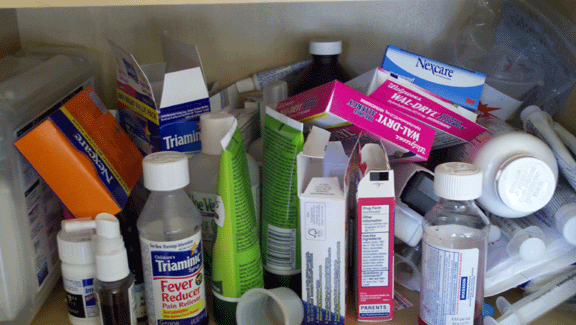Sharing medications, even over-the-counter medications like aspirin,can be a prescription for disaster.
Side effects and drug interactions:
It has become common practice for family and friends to share medications. The medication prescribed for you or other family members may cause serious problems for others with bad side effects such as severe allergic reactions and unhealthy interactions with another prescription medication that is being taken. In fact, sharing one medication may decrease the effectiveness of another medication. The medication you share may work with other prescriptions to double the potency and cause a reaction similar to an overdose. Even herbal and dietary supplements can do this.
Not all symptoms are alike:
You may think the symptoms your friend is suffering are the same as yours, but he or she may have a very different medical problem. By sharing your medication, you may be delaying his or her trip to a doctor, and may even contribute to the worsening of a medical condition. Sharing medication with someone is like diagnosing and treating him or her. You wouldn’t expect your doctor to come to you workplace and do your job without the appropriate any training, so don't try to diagnose and treat your friends.
Unique responses:
We are unique and so are our reactions to medications. You have heard the statement,"I can take that medication and not be the least bit drowsy, but my sister falls asleep two minutes after swallowing it." Our body chemistry, composition, and how fast our liver works to clear medications out of our system are evidence of our differences, and those factors play a role in medication use. So just because a medication works for you does not mean it will work the same for someone else.
Unsafe:
Medications, particularly those that have a narcotic component, may be habit-forming and may pose a severe risk to safe driving. Side effects such as drowsiness, dizziness, and confusion have a direct impact on the focus,concentration, and stamina needed for for a variety of day-to-day tasks.
As we stated before, even though you may not have an adverse reaction to the medication, someone else may. Thus, sharing a medication with another person who may have a different reaction to the medication can cause serious public safety concerns. It's improper, unsafe, and potentially illegal to share any prescriptions with other people. Doctor prescribed medications are strong, even some antibiotics can cause serious reactions. Your good intentions may cause dangerous results to health and safety while on or off the road-especially if the person you share with is unaware of how the medication will affect them. In addition, sharing a controlled substance is illegal and could result in legal problems for you.
As we stated before, even though you may not have an adverse reaction to the medication, someone else may. Thus, sharing a medication with another person who may have a different reaction to the medication can cause serious public safety concerns. It's improper, unsafe, and potentially illegal to share any prescriptions with other people. Doctor prescribed medications are strong, even some antibiotics can cause serious reactions. Your good intentions may cause dangerous results to health and safety while on or off the road-especially if the person you share with is unaware of how the medication will affect them. In addition, sharing a controlled substance is illegal and could result in legal problems for you.
 |
| Photo Credit |